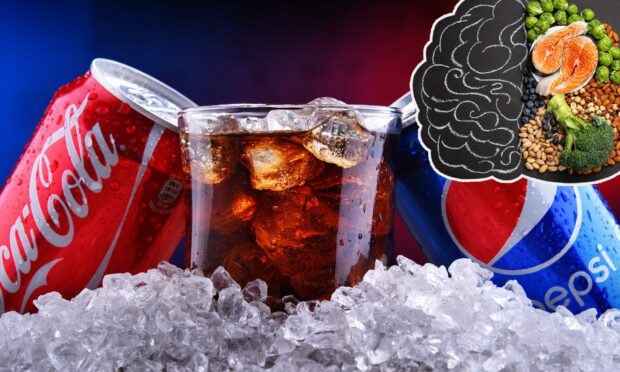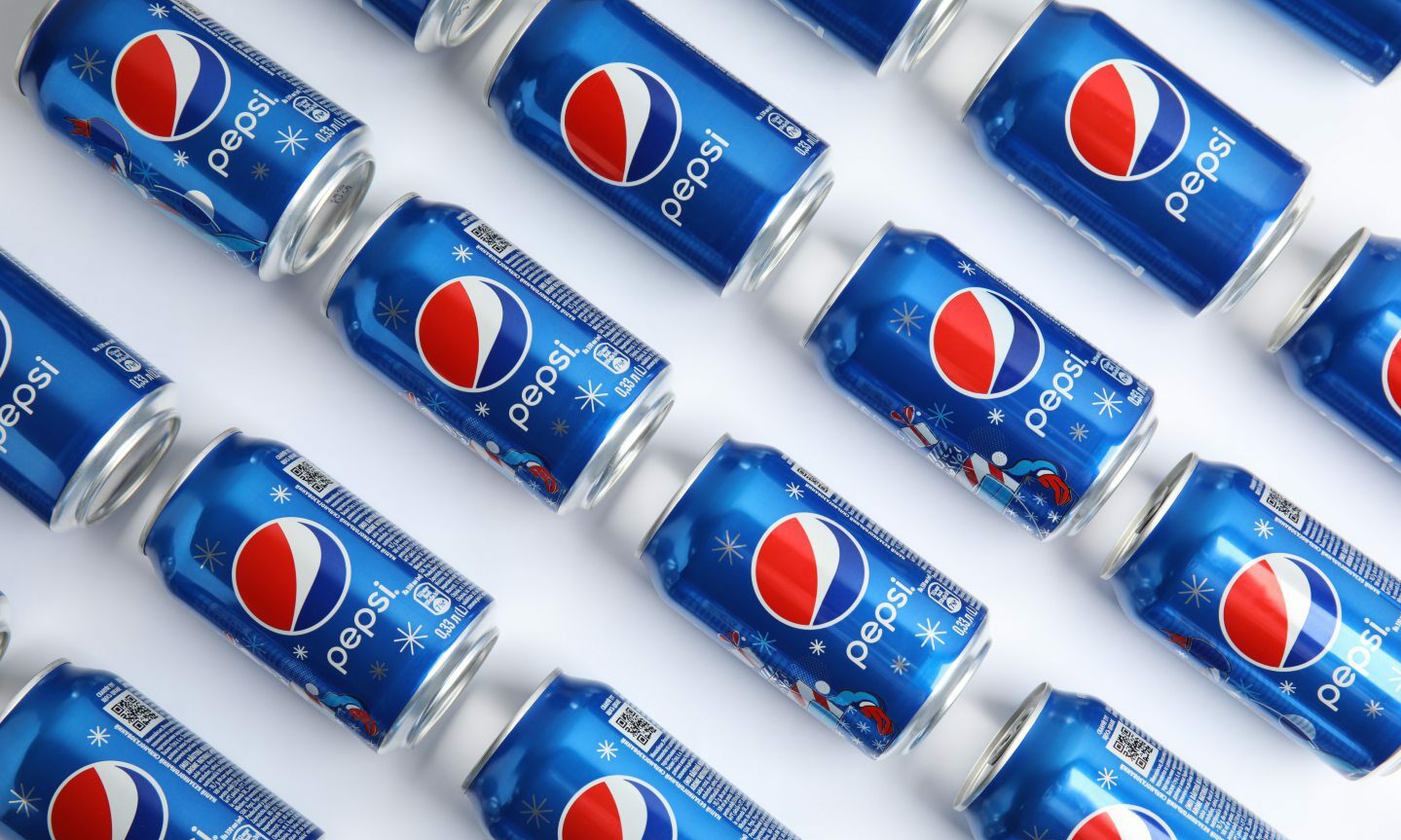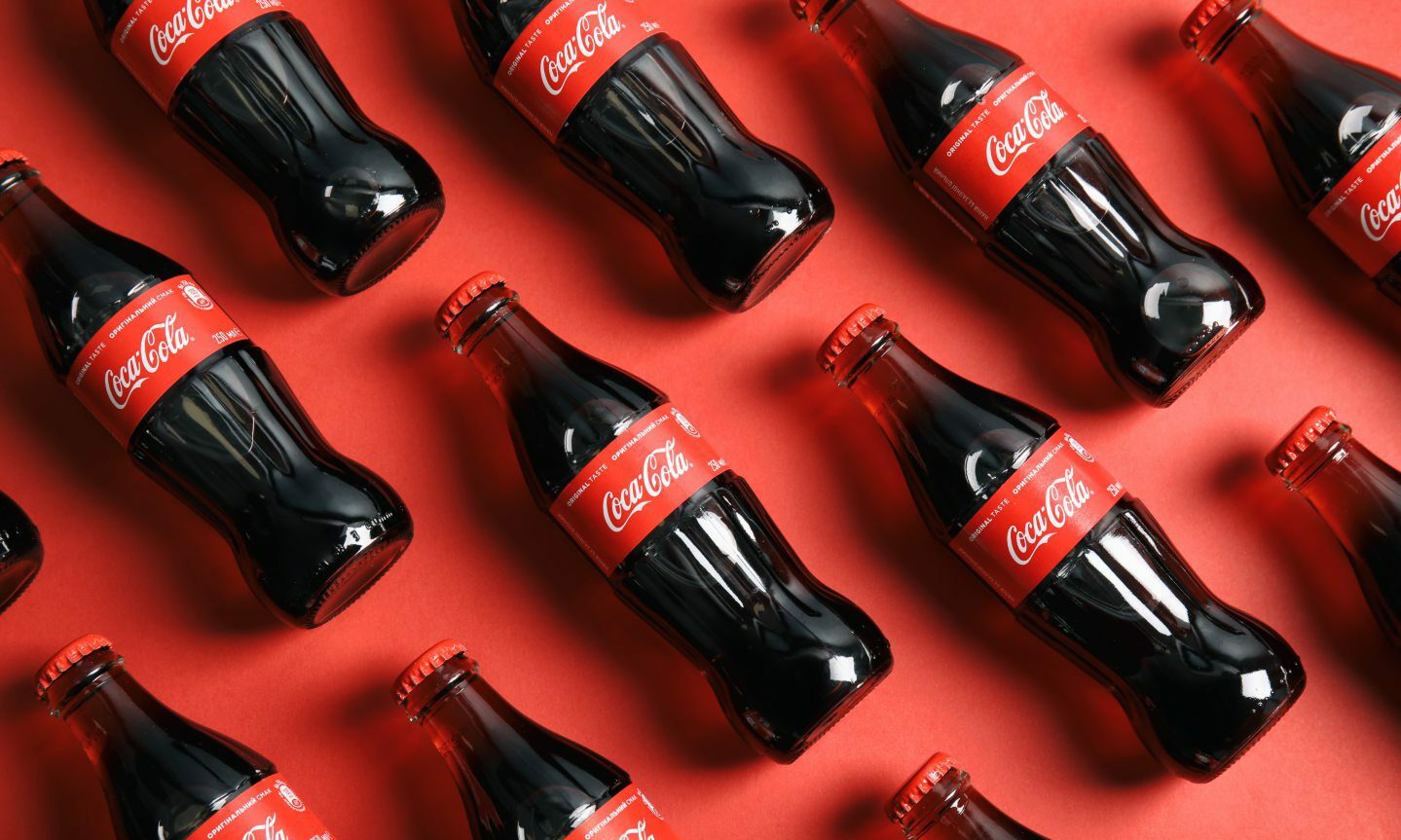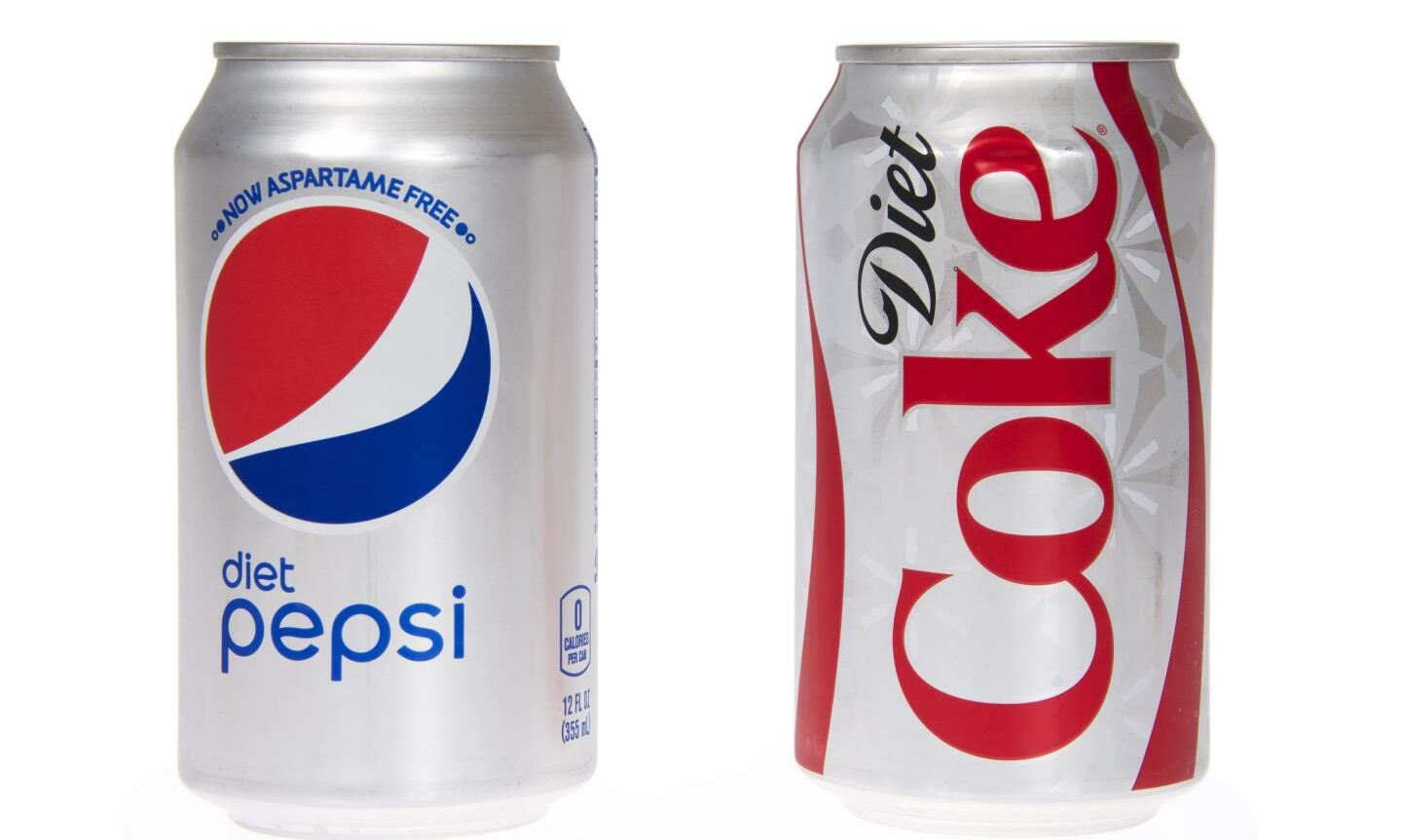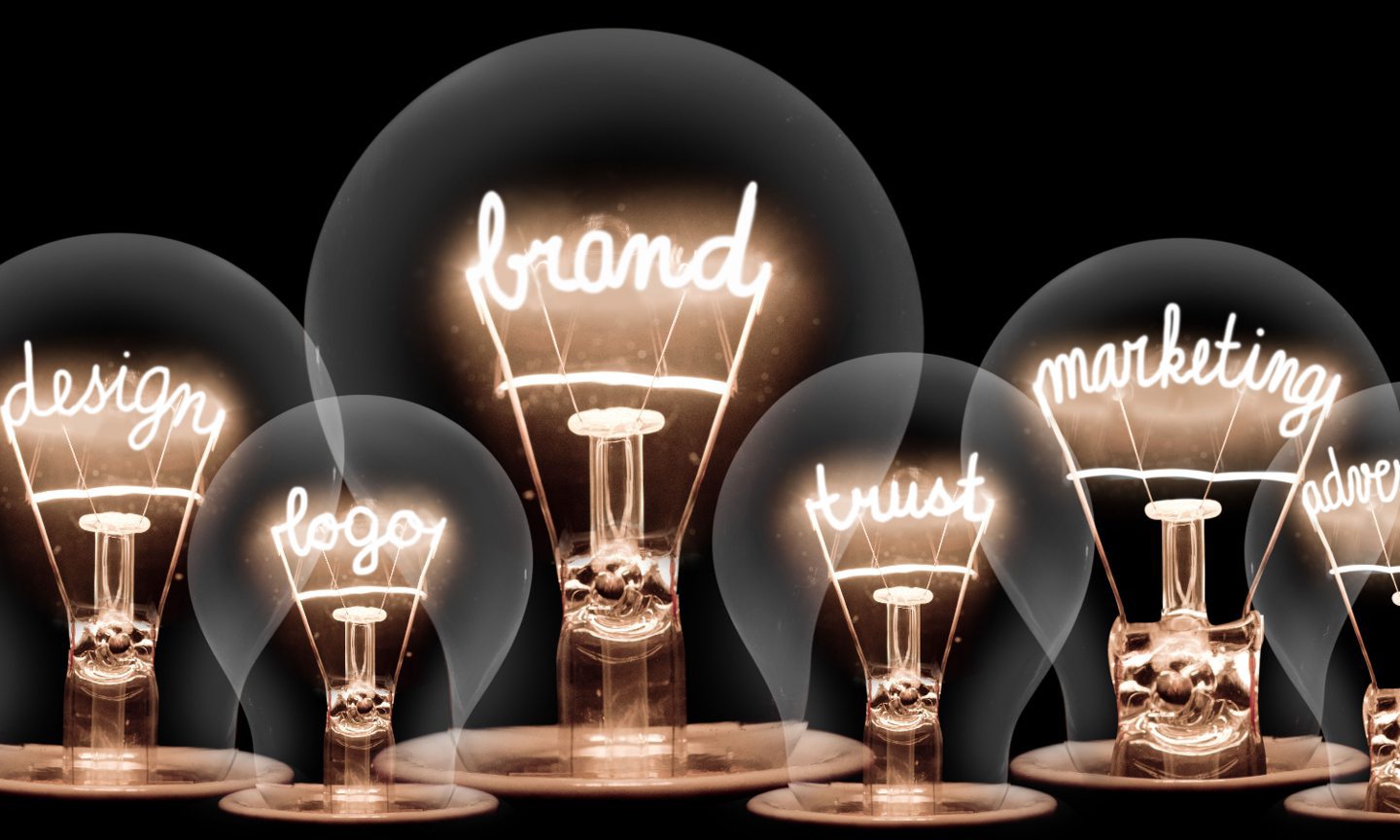We often hear about the power of branding, but could it really change the way we taste?
That is exactly what Samuel McClure and his colleagues found when they conducted a taste test experiment with individuals using Coca-Cola® (Coke®) and Pepsi®.
In a term they coined the Pepsi Paradox, they highlighted that branding can have a significant impact no only on how we perceive food, but also our preferences for the food we eat.
This behaviour can be applied to multiple types of food and drink choices we make and shows the power of marketing and branding in our every day lives.
If we feel we associate with a brand and their ethos resonate with our own, it can cause mass shifts in our food behaviour.
The Pepsi Paradox
Coke and Pepsi are nearly identical in their composition and yet people generally will prefer one fizzy drink over the other.
However, when people are anonymously given one drink or the other their brain scans suggest they have a consistent level of enjoyment and preference for both.
However, when the brands were shown before being handed the drink, the brain scans showed much higher levels of brain response for Coke than Pepsi and in turn reflected an expressed preference for Coke.
This was taken one step further by Charlotte Schallenberg in a experiment with Diet Coke and Diet Pepsi.
When individuals undertook the blind taste test they preferred the Diet Pepsi, but when they were aware of the branding, preferred the Coca-Cola option.
Branding power
Looking at this from a behavioural science perspective we can see that the power of brands can change not only our preference but also our decision making in terms of which drink we would choose to purchase.
Furthermore, it shows the lack of logic behind making these choices since in many cases the participants had no preference or preferred Diet Pepsi.
The real crux of this is that we are vastly unaware of how influenced we are of the brands that exist in our world today.
If you did the same experiment for fast food places or pizza places you would most likely enjoy a rival brand or cheaper alternative over the branded product.
My advice would be to keep an eye out and try having alternative brands, because you might find you ‘Taste The Feeling’ in a rival or budget option.
Mariam Okhai is a food and drink journalist who also researches food behaviour.
She has a Masters in Behavioural Science for Management from the University of Stirling. Her undergraduate degree was in Psychology and Business Economics with Marketing.
She is also a certified habit coach.
You can find out more about her research on her Behavioural Foodie website.
For more food behaviour…
Exercise: Here’s how your food can help you – and advice on how to eat right
